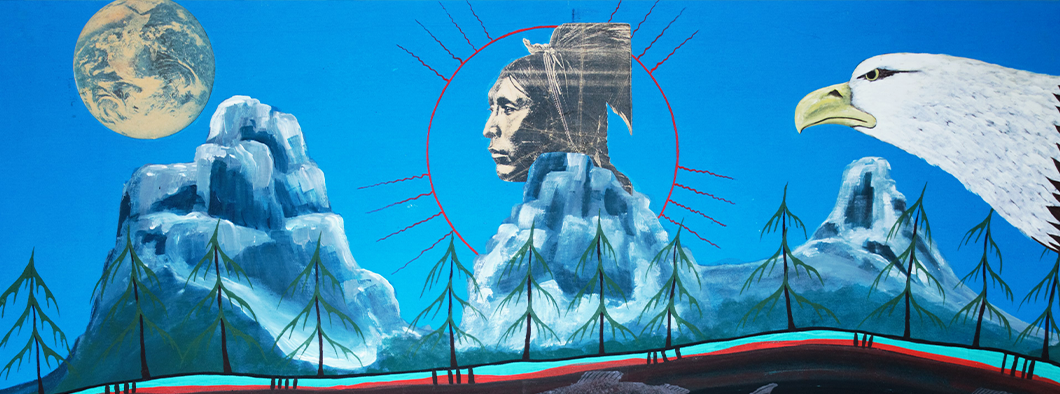Ikanpukultijik aqq Ankukumkewe’l
Leaders and Treaties
Kci-skicinuwok naka Lakutuwakonol
Theme:
Kiskuk Ta’n Teliaq
Contemporary Issues
Tokec Weskuwitasikil Eleyik
Global Competencies
Critical Thinking and Problem Solving
- 1. Learners will see patterns, make connections, transfer learnings from one situation to another by using real world applications. (Activity 1)
Innovation, Creativity, and Entrepreneurship
- 1. Learners turn ideas into value for others by enhancing ideas to provide improved solutions to complex, economic, social, and political problems. (Activity 1 and 3)
Learning to Learn/Self-Aware and Self-Directed
- 1. Learners have self-efficacy and believe that they can make life better for themselves and others. (Activity 2 and 3)
- 2. Learners manage various added values of life, and physical, emotional, social, spiritual, and mental well-being. (Activity 2 and 3)
Collaboration
- 1. Learners participate in teams, establish positive and respectful relationships, develop trust, act co-operatively and with integrity. (Activity 1, 2, and 3)
Global Citizenship and Sustainability
- 1. Learners recognize discrimination and promote principles of equity, human rights, and democratic participation. (Activity 1, 2, and 3)
Curriculum Outcomes
English Language Arts
General Curriculum Outcomes
- 1. Students will ask and respond to questions to clarify information and explore solutions to problems. (Activity 3)
- 2. Students will give and follow instructions and respond to questions and directions. (Activity 1)
- 3. Students will show an awareness of the kinds of language appropriate to different situations and audiences. (Activity 2)
- 5. Students will use a range of reference texts and an electronic search to facilitate the selection process. (Activity 3)
- 6. Students will describe, share, and discuss their personal reactions to texts. (Activity 2)
- 8. Students will experiment with language appropriate to purpose, audience, and form. (Activity 2)
- 9. Students will demonstrate an awareness of purpose and audience. (Activity 2)
- 10. Students will select, organize, and combine relevant information from two or more sources to construct and communicate meaning. (Activity 3)
Mathematics
Shape and Space
- 2. Read and record calendar dates in a variety of formats. (Activity 1)
Social Studies
Specific Curriculum Outcomes
Students will be able to:
- 4.2.3. Evaluate the impact of exploration over time. (Activity 1)
- 4.4.2. Examine the human landscape of Canada. (Activity 1)
- 4.4.3. Describe the political landscape of Canada. (Activity 1, 2, and 3)
- 4.4.4. Examine symbols associated with Canada’s landscape. (Activity 2 and 3)
Visual Arts Outcomes
Students will be able to:
- Use a variety of paper manipulation techniques: folding, overlapping to create a collage. (Activities 1 and 3)
- Understand that a two-dimensional surface can become three-dimensional by various paper manipulation and additive techniques. (Activity 3)
- Recognize size relationships: over/under; foreground/midground/background. (Activity 3)
- Use a variety of sources to stimulate ideas on creating artwork – quotes, paintings, the environment. (Activity 3)
Associated Text Materials
Grade 4 – Explorations
- p. 92 – How do Humans and Earth Interact? (Activity 1)
- p. 96 – How Does Earth’s Physical Environment Benefit Humans? (Activity 2 and 3)
- p. 104 – How Do Humans Impact Earth? (Activity 1)
- p. 108 – Pulling it together. (Activity 3)
- p .130 – What influences where people live. (Activity 3)





